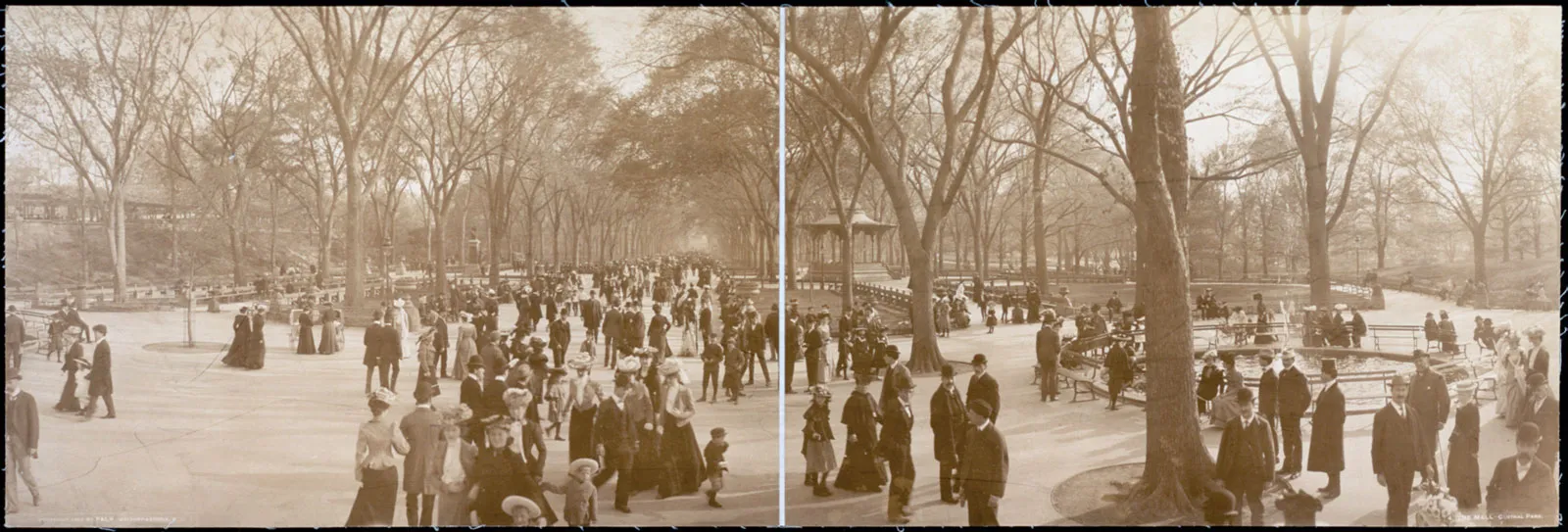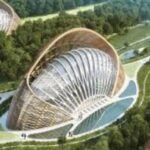History of Urban Planning
- By -Peter
- Posted on
- Posted in Modern Architecture
Urban planning, the systematic design of cities and towns to enhance livability and functionality, has evolved significantly throughout history in response to social, economic, and technological changes. This article traces the development of urban planning from ancient civilizations through the Industrial Revolution to modern urbanism, highlighting key milestones, approaches, and influential factors that have shaped urban landscapes worldwide.

Ancient Cities
Characteristics and Influences
Ancient urban planning emerged independently across civilizations such as Mesopotamia, Egypt, Greece, and Rome. Cities were typically organized around religious and political centers, with structured streets, sanitation systems, and public spaces. The planning of ancient cities aimed to facilitate governance, commerce, and community life within fortified walls.
Examples
- Indus Valley Civilization: Mohenjo-daro and Harappa exhibited advanced urban planning with grid-like street layouts, drainage systems, and public baths.
- Roman Cities: Rome’s gridiron street pattern, aqueducts, and amphitheaters exemplify systematic urban planning for efficient administration and social cohesion.
Industrial Revolution
Characteristics and Transformations
The Industrial Revolution (18th-19th centuries) brought rapid urbanization and technological advancements, reshaping cities with industrial infrastructure and mass migration from rural areas. Urban planning focused on sanitation, housing reform, and public health amid overcrowded and polluted urban environments. The era saw the rise of city parks, boulevards, and zoning regulations to manage growth and improve quality of life.
Examples
- Haussmann’s Paris: Baron Haussmann’s renovation of Paris in the mid-19th century introduced wide boulevards, parks, and uniform building facades to modernize and beautify the city.
- Garden Cities: Ebenezer Howard’s Garden City movement in the late 19th century promoted planned communities with green spaces, affordable housing, and industry decentralization.
Modern Urbanism
Characteristics and Contemporary Trends
Modern urban planning (20th century-present) responds to global urbanization, environmental sustainability, and social equity. It integrates principles of transit-oriented development, mixed land use, and smart growth to create compact, walkable cities. Sustainable design practices emphasize green infrastructure, renewable energy, and resilience against climate change impacts.
Examples
- Curitiba, Brazil: Known for its innovative bus rapid transit system and pedestrian-friendly urban design, Curitiba exemplifies sustainable urban planning.
- Smart Cities: Barcelona’s smart city initiatives integrate technology for efficient resource management, mobility solutions, and citizen engagement.



